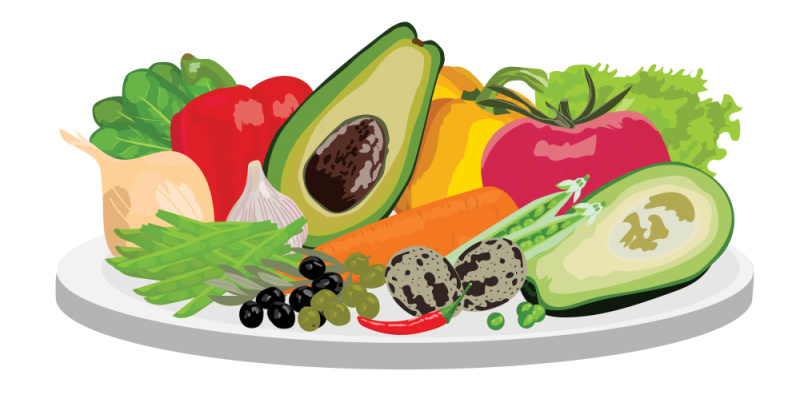Wisconsin offers a variety of food benefits and resources. Plus, there are ways YOU can help. Read more about food insecurity and how to help in our feature article here.
Benefits and Resources
- Supplemental Nutrition Assistance Program (SNAP, or FoodShare in Wisconsin): Benefits that help low-income families and individuals buy nutritious food. (Formerly called Food Stamps.)
dhs.wisconsin.gov/foodshare/index.htm - The Special Supplemental Nutrition Program for Women, Infants and Children (WIC): Benefits for women, infants and children that include food and formula but also include education, support, referrals to healthcare providers and access to vaccines. access.wisconsin.gov/access
- Madison Food Policy Council: City agency granted with driving policy, programs and collaborations toward a sustainable local and regional food system that supports equitable access to healthy, culturally-appropriate food and opportunities. cityofmadison.com/mayor/programs/food/madison-food-policy-council
- The Community Action Coalition of South Central Wisconsin: Local nonprofit focusing on ending poverty in Dane, Jefferson and Waukesha counties. Maintains a list of food pantries. cacscw.org
Innovative Programs
These food insecurity initiatives tackle the issue in unique ways.
- The Community Action Coalition of Southern Wisconsin’s (CAC) Double Dollars Program is a collaboration of local agencies that allows recipients of SNAP benefits to extend their purchasing power for fresh, local produce and goods at the area farmers’ markets and Willy Street Co-op. According to their website, “ The Double Dollars program provides FoodShare shoppers with a dollar-for-dollar match up to $25 per market day at participating farmers’ markets. The extra money spent by shoppers goes straight into the pockets of the vendors, who get reimbursed for the full value of every Double Dollar redeemed.” cacscw.org/services/food-security/double-dollars
- The CAC’s Gleaners, a network of volunteers and donors that safely recover food from grocers, restaurants, bakeries, caterers and restaurants, and distributes this food to shelters, food pantries and soup kitchens. The CAC reports that approximately 800,000 pounds of food is collected per year for shelters, community centers, food pantries, senior centers, soup kitchens and low-income apartment complexes. Volunteers are welcome. cacscw.org/services/food-security/gleaners
- Second Harvest Foodbank of Southern Wisconsin’s HungerCare Coalition is a tool for healthcare providers to screen for food insecurity as part of routine patient checkups. hungercare.org
What Can I Do?
Direct monetary donations are a powerful tool, so consider pledging a gift to an area food pantry. Pantry leadership knows exactly what is needed most, and this ensures your money is being spent on exactly those items. Here are other ways to get involved:
- Donate food or supplies. Foods that are non-perishable and pack a significant nutritional punch are always welcome, including:
- Peanut butter and other nut butters
- Canned tuna and chicken
- Nutritious breakfast cereals
- Nutrition/energy bars
- Nuts and seeds
- Dried fruit
- Pasta sauces
- Personal care, hygiene items and household cleaning products are great donations.
- Volunteer at a food pantry. Local pantries provide on-site training for new volunteers.
- Call your local public schools. Find out what school meal programs they offer and how you can contribute.
- Work on reducing the stigma around food insecurity in your community. Talk to friends and neighbors about it, and be a strong ally against poverty.




